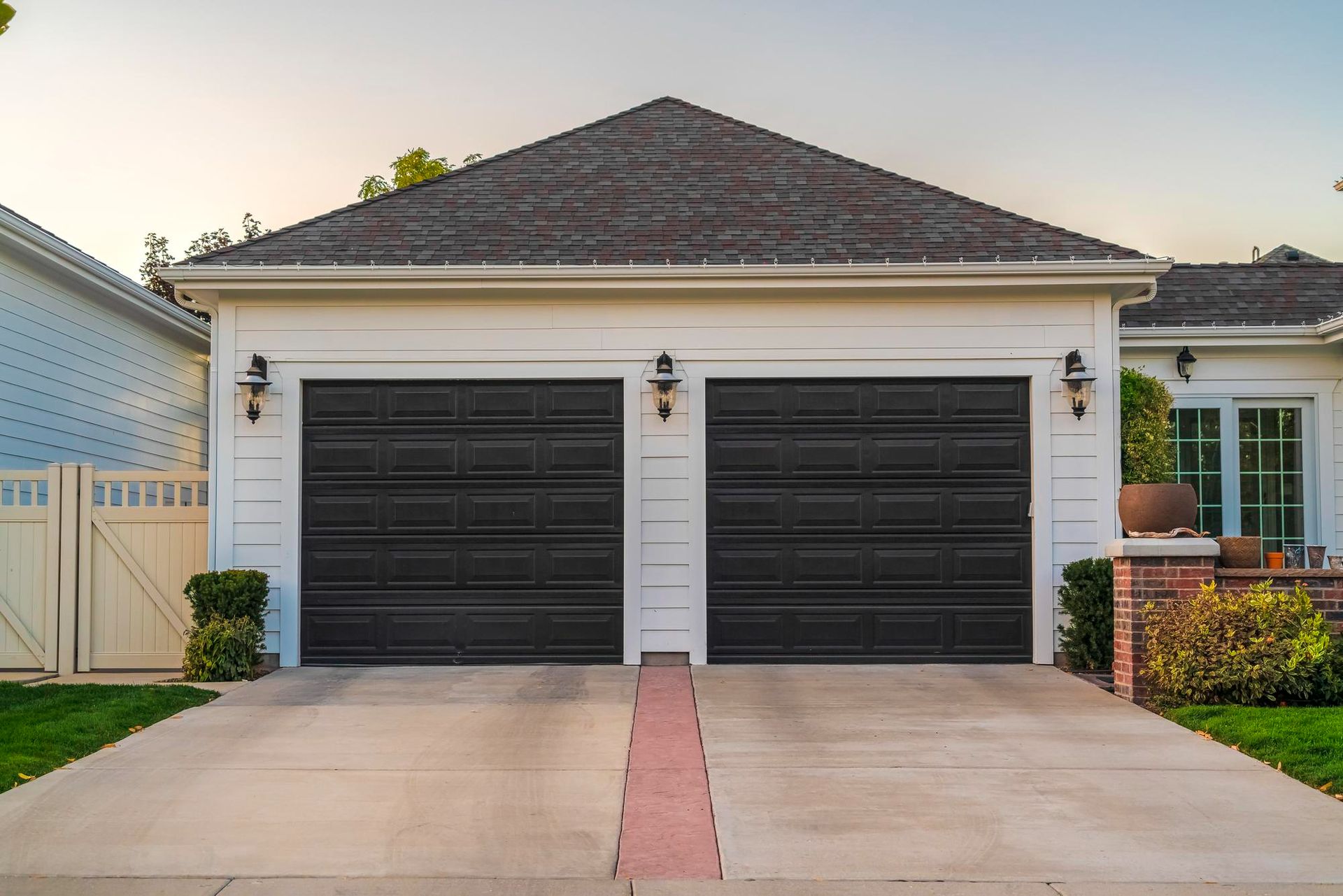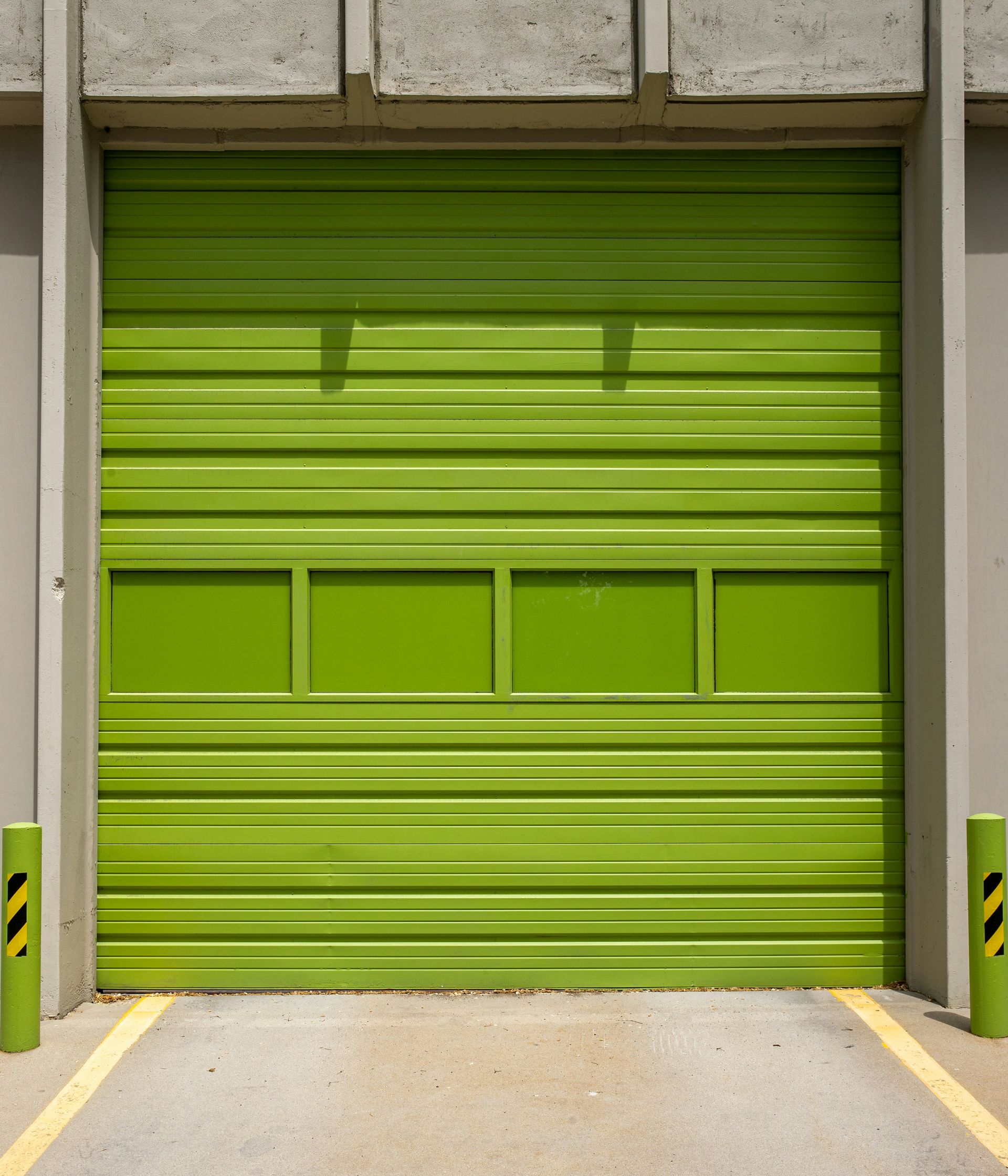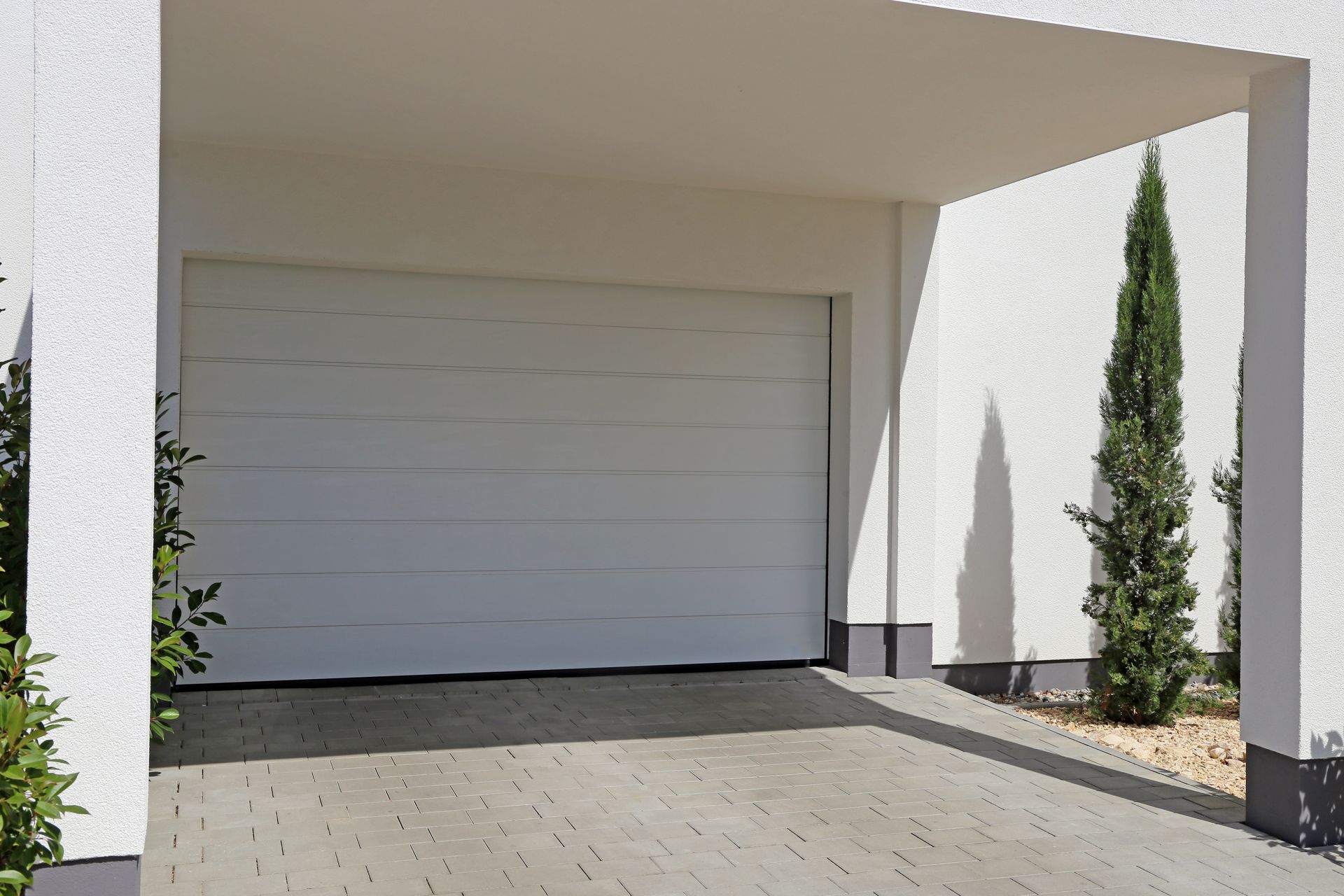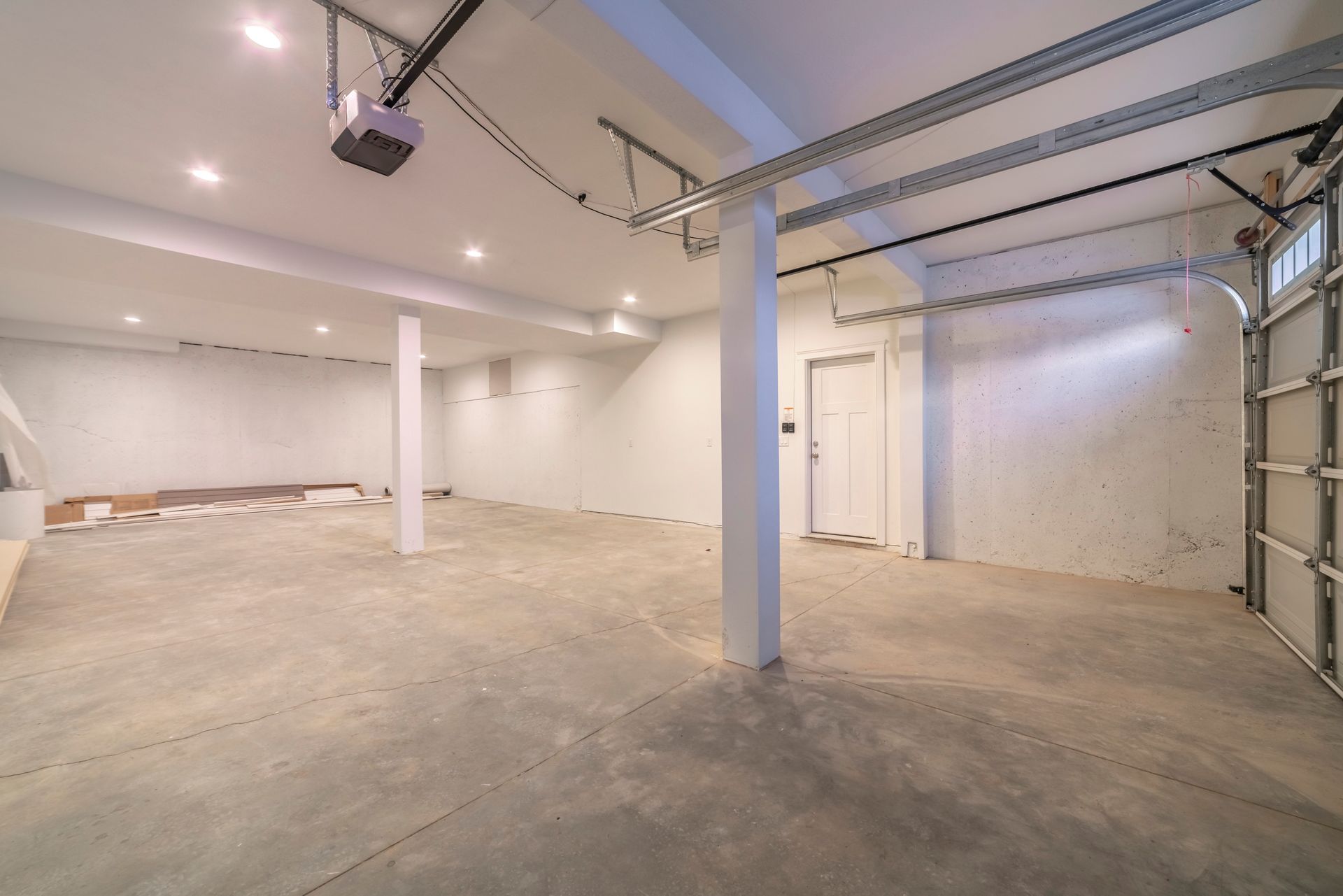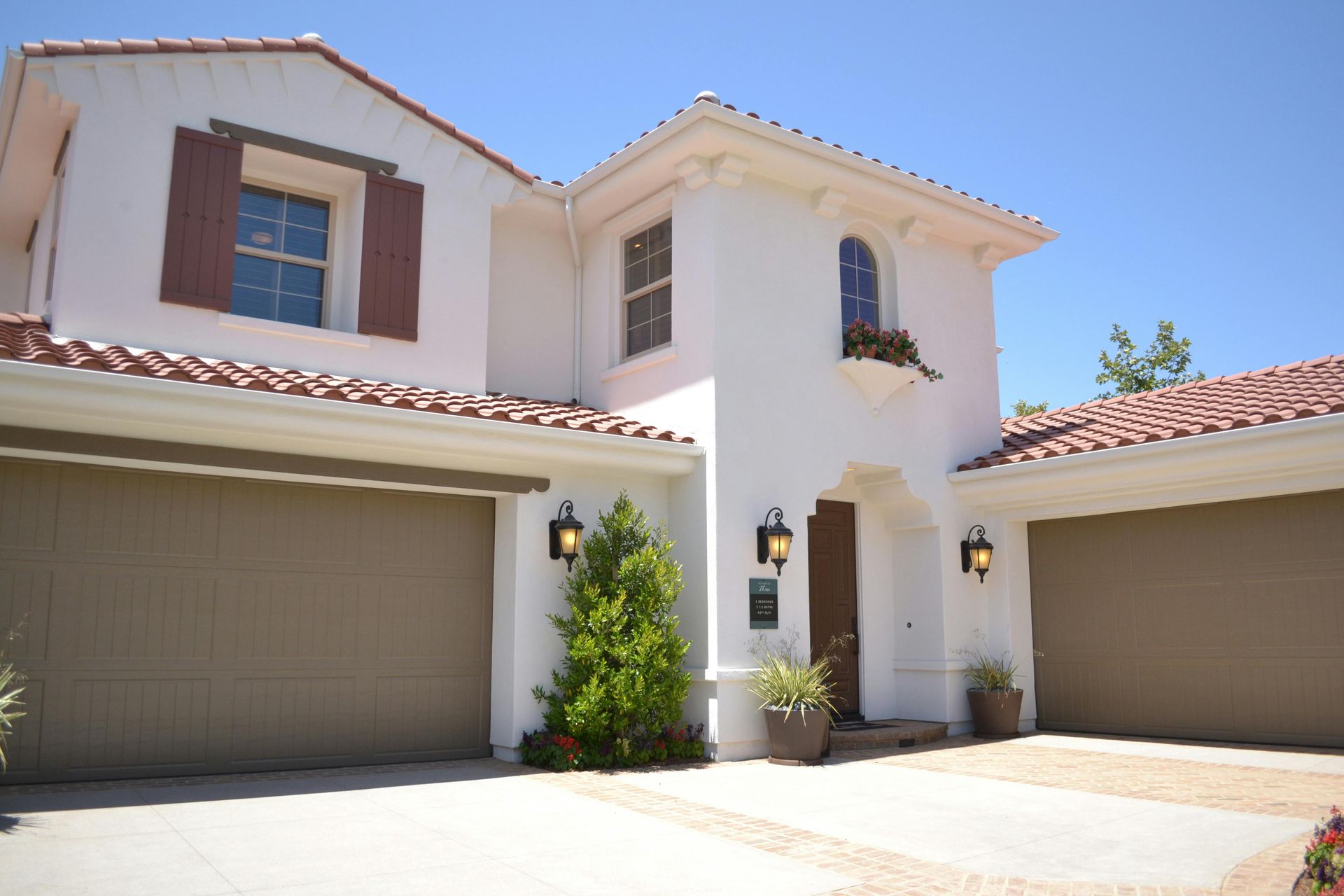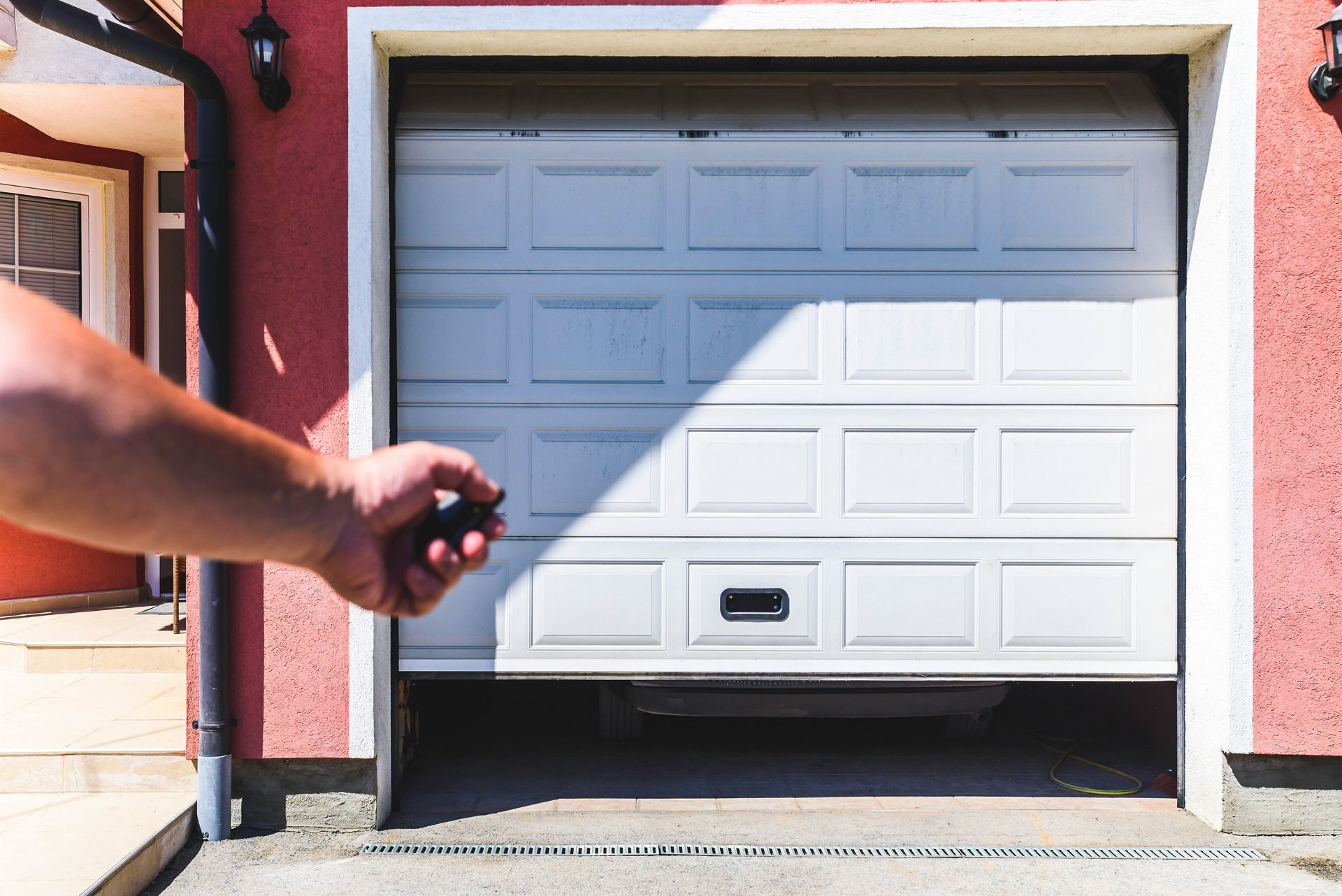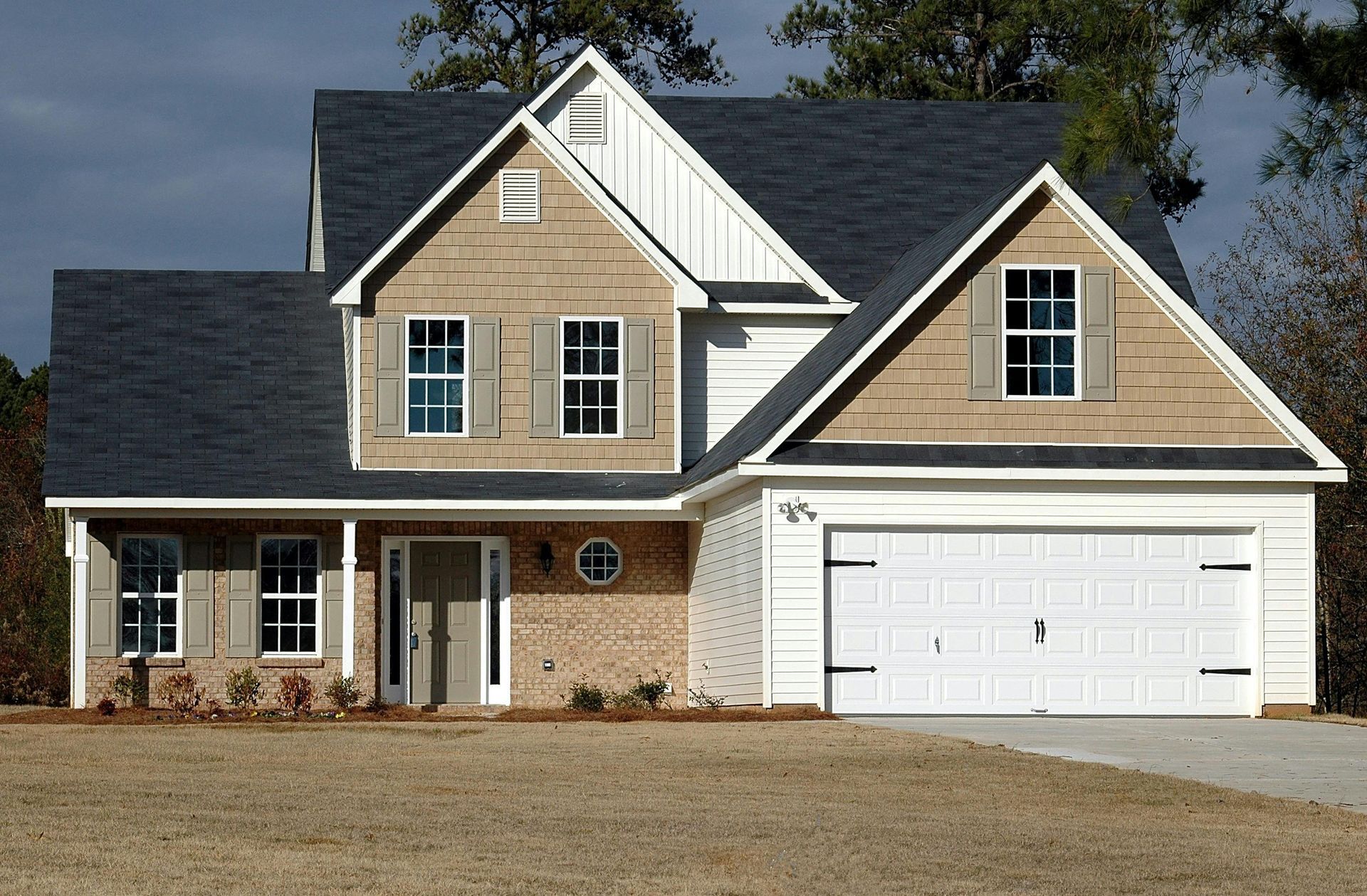DIY Garage Door Maintenance Tips: Keep Your Door Running Smoothly
Maintaining your garage door is essential to ensuring its longevity, safety, and performance. A well-maintained garage door not only functions efficiently but also enhances your home's curb appeal and security. In this blog post, we'll guide you through essential DIY maintenance tasks that can help you avoid costly repairs and keep your garage door in top shape. Whether you're a seasoned DIY enthusiast or a novice, these tips are easy to follow and will help you extend the life of your garage door.
1. Why Regular Garage Door Maintenance is Important
Your garage door is one of the most frequently used entrances to your home, often going up and down multiple times a day. Over time, this constant use can cause wear and tear on various components, leading to potential malfunctions if not properly maintained. Regular maintenance helps in:
- Extending the Lifespan: Routine care can significantly increase the lifespan of your garage door and its components.
- Ensuring Safety: A well-maintained garage door is less likely to cause accidents or injuries, especially if you have children or pets.
- Preventing Costly Repairs: Identifying and fixing minor issues early can prevent them from turning into major, expensive repairs.
- Maintaining Efficiency: Regular maintenance ensures your garage door operates smoothly, reducing the strain on the opener and other parts.
2. Tools You’ll Need
Before starting your maintenance routine, gather the necessary tools and materials:
- Adjustable wrench
- Screwdriver set
- Lubricant (specifically designed for garage doors)
- Clean cloth or rag
- Ladder
- Level
- Weatherstripping
- Safety gloves and goggles
Having these tools on hand will make your maintenance tasks easier and safer.
3. Visual Inspection: What to Look For
The first step in any maintenance routine is a thorough visual inspection. This helps you identify any obvious issues that need attention.
Check the following:
- Springs: Look for signs of wear or damage, such as gaps or rust.
- Cables: Inspect the cables for fraying or wear. These are crucial for the safe operation of your door.
- Rollers: Ensure the rollers are not cracked, chipped, or excessively worn. They should roll smoothly in the tracks.
- Tracks: Check the tracks for debris, rust, or any bends that could hinder smooth operation.
- Panels: Examine the door panels for any signs of damage, including cracks, warping, or rust.
- Hinges: Inspect hinges for wear and ensure they are securely fastened.
If you notice any severe damage or if you're unsure about a particular issue, it's best to consult a professional for further inspection.
4. Lubricating Moving Parts
Lubrication is key to keeping your garage door operating smoothly and quietly. It helps reduce friction and wear on the moving parts.
Parts to lubricate:
- Springs: Apply lubricant to the torsion springs to help them move smoothly and prevent rust.
- Hinges: Lubricate the hinges where they pivot.
- Rollers: Apply lubricant to the rollers, especially if they are metal. Avoid using grease, as it can attract dirt.
- Tracks: While you should not lubricate the tracks directly, you can clean them with a damp cloth to remove any debris and then apply a small amount of lubricant to the areas where the rollers make contact.
Tips:
- Use a lubricant specifically designed for garage doors, as household oils like WD-40 are not suitable and can cause more harm than good.
- Wipe off any excess lubricant to prevent dripping and attracting dust.
5. Testing and Balancing the Door
A properly balanced garage door is crucial for smooth operation and prevents unnecessary strain on the opener.
How to test the balance:
- Disconnect the Opener: First, disconnect the garage door opener by pulling the release handle, usually a red cord hanging from the motor.
- Lift the Door Manually: Raise the door manually to about halfway and then let go. If the door stays in place, it's properly balanced. If it falls or rises, it may be unbalanced, and you should call a professional to adjust the springs.
6. Checking and Replacing Weatherstripping
Weatherstripping along the bottom of your garage door helps seal out the elements, keeping your garage dry and insulated.
Steps to check and replace weatherstripping:
- Inspect for Damage: Check the weatherstripping for cracks, gaps, or brittleness.
- Remove Old Weatherstripping: If it's damaged, remove it by prying it off with a screwdriver or cutting it away with a utility knife.
- Install New Weatherstripping: Measure the length of the door and cut the new weatherstripping to size. Attach it to the bottom of the door, ensuring a snug fit.
Replacing damaged weatherstripping can improve energy efficiency and protect your garage from moisture, pests, and debris.
7. Tightening Hardware and Checking Cables
Over time, the hardware that holds your garage door together can loosen, leading to operational issues.
What to check:
- Tighten Bolts and Screws: Use a wrench or screwdriver to tighten any loose bolts or screws on the door and track system.
- Inspect the Cables: Look for signs of wear or damage on the cables. If you notice any fraying or corrosion, it's crucial to have them replaced by a professional, as these are under high tension and can be dangerous to handle.
Regularly checking and tightening hardware can prevent unexpected breakdowns and ensure your garage door remains secure.
8. Cleaning the Garage Door
Keeping your garage door clean not only enhances its appearance but also helps prevent damage from dirt, grime, and rust.
How to clean your garage door:
- Use Mild Detergent: Mix a mild detergent with water and use a soft cloth or sponge to clean the surface of the door.
- Avoid Harsh Chemicals: Do not use bleach, ammonia, or other harsh chemicals, as they can damage the finish.
- Rinse Thoroughly: After cleaning, rinse the door with a hose to remove any soap residue.
- Dry the Door: Wipe the door dry with a clean cloth to prevent water spots and streaks.
For wooden doors, you may also want to apply a fresh coat of paint or sealant to protect the material from the elements.
9. When to Call a Professional
While many garage door maintenance tasks can be handled by homeowners, some situations require professional expertise.
When to call a professional:
- Broken Springs or Cables: If you notice any issues with the springs or cables, such as snapping or fraying, contact a professional immediately. These parts are under high tension and can be dangerous to handle without the proper tools and knowledge.
- Unusual Noises: If your garage door makes grinding, squeaking, or banging noises even after lubrication, it may indicate a deeper issue that requires professional attention.
- Door Not Opening or Closing Properly: If your door is slow to respond, jerks while moving, or doesn't close all the way, a professional inspection can identify and fix the problem before it worsens.
By knowing when to call in the experts, you can avoid potential safety hazards and ensure your garage door operates efficiently.
Trust Cristo’s Garage Door for Your Garage Door Needs in Fresno, CA
Maintaining your garage door is essential for ensuring its longevity and smooth operation. However, some tasks are best left to the professionals. At
Cristo’s Garage Door, we offer
comprehensive garage door services, including
commercial
and
residential installations,
repairs, and maintenance. If you’re experiencing issues with your garage door or simply want to ensure it’s in peak condition, give us a call at
(559) 320-5158. Our team of experienced technicians is ready to assist you with all your garage door needs.
FAQs
How often should I lubricate my garage door?
It’s recommended to lubricate the moving parts of your garage door every six months to ensure smooth operation and reduce wear and tear.
Can I replace the garage door springs myself?
No, replacing garage door springs is a dangerous task due to the high tension they’re under. It’s best to leave this job to a professional technician.
What should I do if my garage door makes a loud noise when opening or closing?
Loud noises can indicate a need for lubrication, loose hardware, or a more serious issue like a damaged spring. Start by lubricating the moving parts and tightening the hardware. If the noise persists, call a professional.
How do I know if my garage door is unbalanced?
Disconnect the opener and manually lift the door halfway. If it stays in place, it’s balanced. If it falls or rises, it’s unbalanced and should be adjusted by a professional.
How long does weatherstripping last on a garage door?
Weatherstripping typically lasts about 2-3 years, depending on exposure to the elements. Regularly check for signs of wear and replace it as needed.
